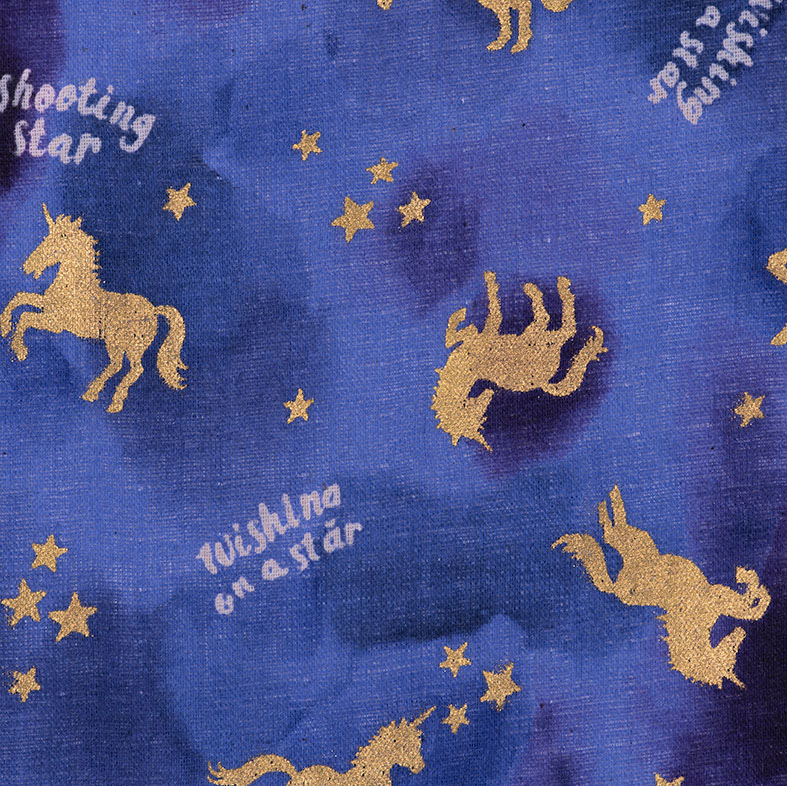Japanese fabrics and American brand fabrics are more expensive than unbranded or Dutch fabrics. How come and why should you use them anyway?
We often buy a lot of fabrics that are made in Japan. But you may not be convinced yet and wonder why you should pay more for fabric from Japan. Because yes, American brand fabrics and Japanese fabrics are often more expensive. I'm going to explain to you why they are more expensive and why it still pays to buy them.
Japanese production requirements
Many American brand fabrics are made in Japan. In fact, these are also Japanese fabrics. Why do the big brands like e.g. Cotton+Steel and Michael Miller for this. They do that because the Japanese production standard is the highest in Asia. Japanese consumers have high demands and the yield wants to meet them.
Japanese fabrics become very large, but they do not sell out quickly. So there is a limited unlimited demand is high. We do recognize this. Often we can only buy 6 meters of a fabric because there is no more available. We always try to buy more, the less we can buy the higher the price.
The textile industry was one of the first pillars of Japan's economic modernization. Especially spinning cotton and winding silk. So they have a lot of experience in weaving cotton fabrics. That is why Japanese fabrics often have a very nice touch-feel. For example, they can use texture to give a pattern more relief from cotton to show linen. Like Kokka's Oxford quality. It resembles a linen/cotton fabric but is made of 100% cotton. And the Japanese double gauze is the softest out there.
They therefore have the knowledge and experience to make high-quality fabrics from 1 raw material.
Japanese colors
Japanese fabrics have a much larger color palette. They have great experience with natural dyes. You can see that in the richness and quality of the colours. Dyeing is a very complex and sophisticated process. And the Japanese are experts, especially in complex and neutral tones created by mixing colors, and in getting closer to the colors of nature.
On a solid dye, this gives more depth and durability to colors. On a printed fabric, the colors are deeper and richer. There are more shades in it, it is more precise and the transitions are nicer. In Japan they make colors for which we have no name. Often these colors refer to a type of tea, an animal, a flower or a plant in Japan.
In addition, the Japanese create more spontaneously in 3D. For example, they use metallic prints to give more relief and enhance the sensory personality of their fabrics. They also manage to print the designs very precisely and in detail.
The Japanese nature
In Japan, fabrics are also a story, an emotion, a symbol. The Japanese excel at dyeing and weaving because there is a greater need to create beautiful and meaningful patterns. In Japan, art, crafts, design, aesthetics, symbols and functionalities are parts of the same whole and inseparable. That is why an important part of the work in the Japanese textile industry is still done by hand. Thanks to a strong willingness to protect industrial and craft know-how, the knowledge is preserved and further refined. The Japanese are known for being extremely demanding consumers; which permanently increases the quality of their production.
For all these reasons, Japanese fabrics are very well made. Original, solid, durable, consistent, pleasant to wear, rich in colors, with a positive meaning and well worth their money.
